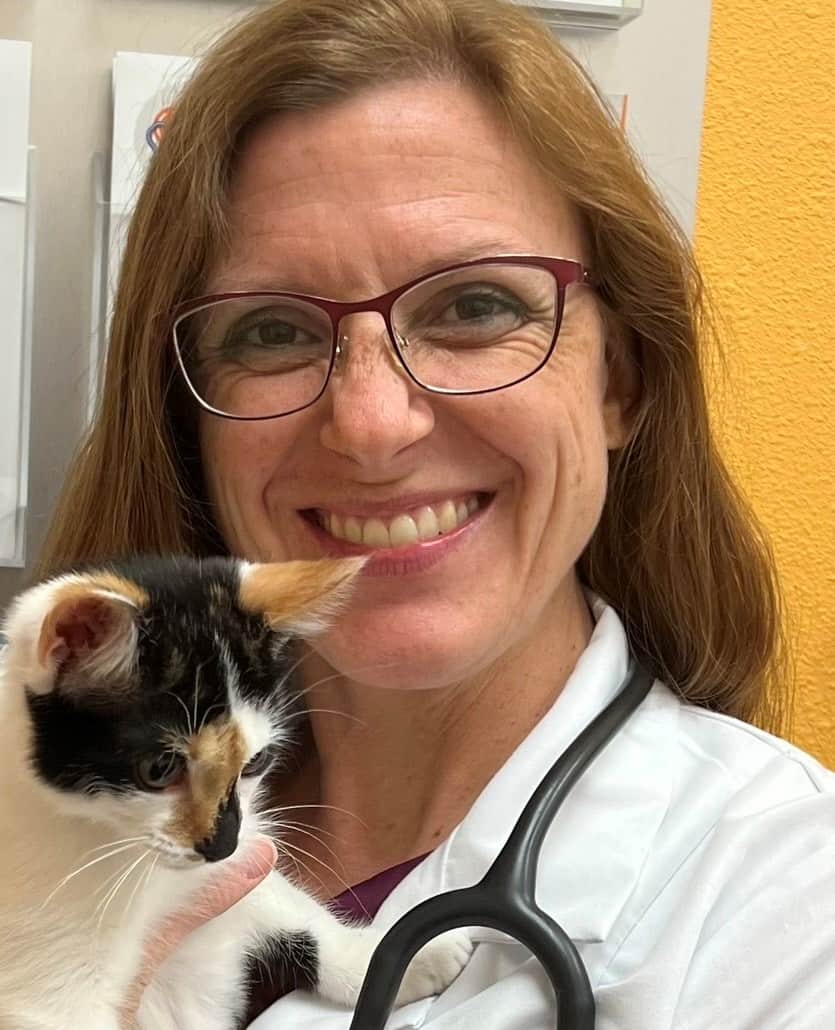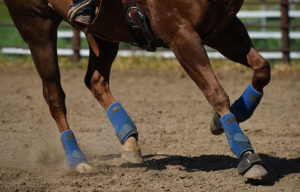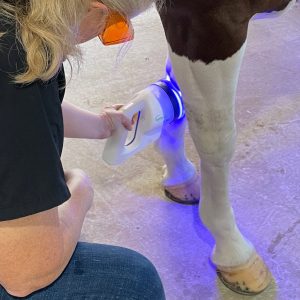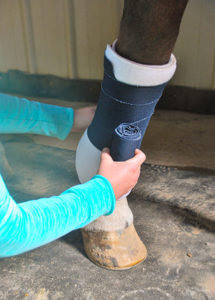CT for Imaging Neck Lesions: Not Just for Small Horses
Pinpointing the underlying cause of subtle neurologic signs, abnormal head positions, and obscure lamenesses frequently requires the use of advanced imaging techniques. One such procedure is myelography, which involves injecting a dye into the cerebrospinal fluid within the spinal cord and performing radiography (X rays) to identify cord lesions that might explain the horse’s clinical signs.
Equine veterinarians from Sweden and the United States have taken the traditional myelogram a step further, showing that imaging horses’ necks with computed tomography (CT)—a technology that historically has had limited use in horses–instead of radiography is both possible and beneficial, even in large horses.
Mads Kristoffersen, DVM, CertES (Orth), Dipl. ECVS, of the Evidensia Equine Hospital, in Helsingborg, Sweden, presented a study on the procedure at the 2016 American Association of Equine Practitioners Convention, held Dec. 3-7 in Orlando, Florida.
Veterinary use of CT has escalated over the past few years, but equine practitioners have been limited in their use of the technology because many conventional CT units cannot accommodate horses’ large bodies. Even their extremities are sometimes too big to fit in the unit
Create a free account with TheHorse.com to view this content.
TheHorse.com is home to thousands of free articles about horse health care. In order to access some of our exclusive free content, you must be signed into TheHorse.com.
Start your free account today!
Already have an account?
and continue reading.

Written by:
Stacey Oke, DVM, MSc
Related Articles
Stay on top of the most recent Horse Health news with















